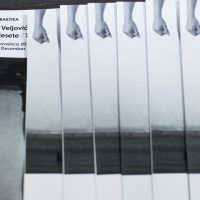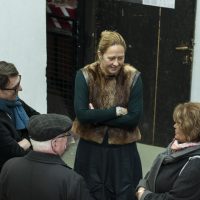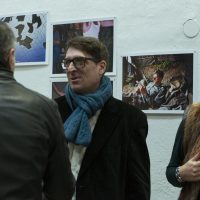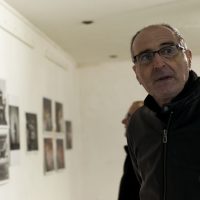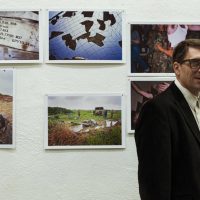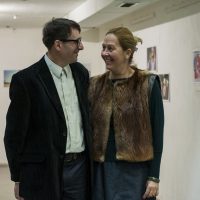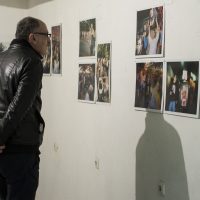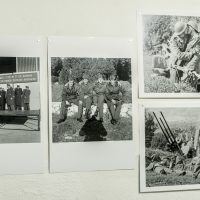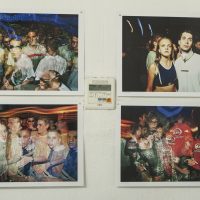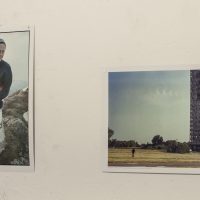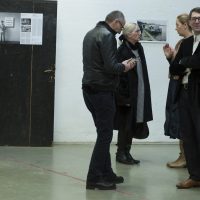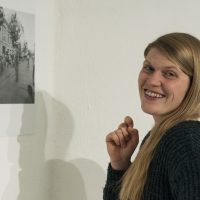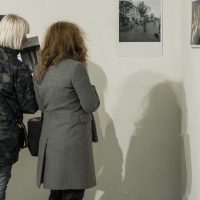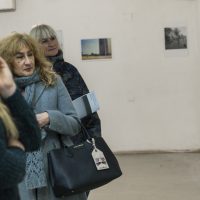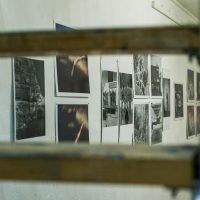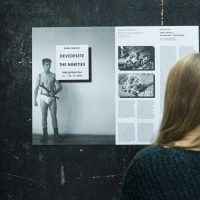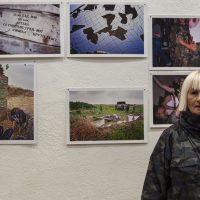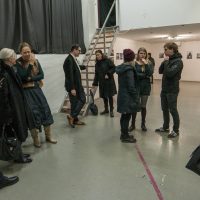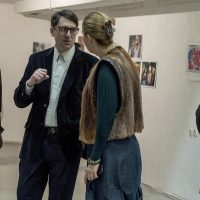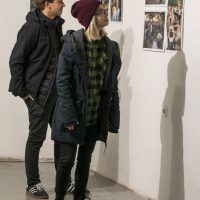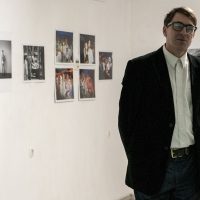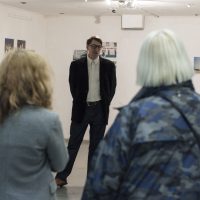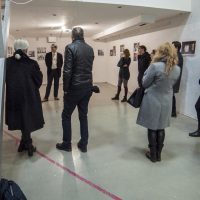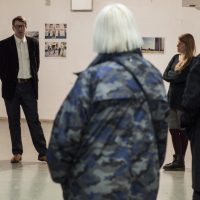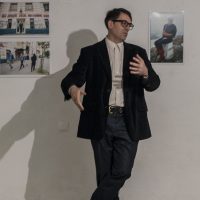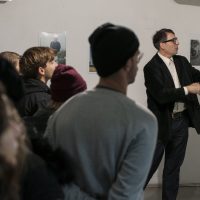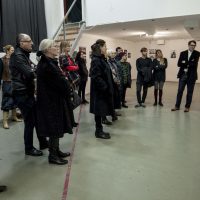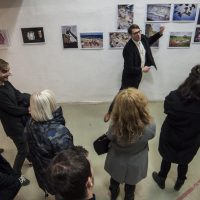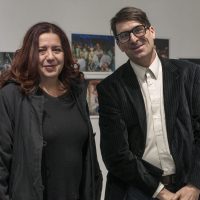Srđan Veljović – The Nineties
EXHIBITION OPENING:
Thursday, 13th December 2018, at 20:00
NMG@PRAKTIKA, Klub KOCKA, Dom mladih Split, Ulica slobode 28
The exhibition is open until December 20th every day from 20 to 22 h
The photography series titled „The Nineties“ by Srđan Veljović represents an artistic documentation of personal and collective key moments of this socially and politically turbulent period. Its positioning today, with a significant time distance, opens up a few different possibilities of reading this complex photographic memoir. The photographs were made in the time period between 1987 and 2000. The backbone of the exhibition are the photographs tied to the army, sorted into two groups: the former one from 1987/8, when the author was serving in Divulje, near Split, and the latter from 1999, when the author was again listed to serve, a now different country. The space between these two (un)usual situations take up different realities the author has witnessed in different social contexts of the nineties, which he documents from the point of view of the subjective onlooker. The author’s photographic story developed in this period through his intense documenting of different aspects of cultural, socio-activist, urban life – mostly in Belgrade, but also in Serbia and the wider region – as well as through a number of artistic projects in which he thematically and problematically initiates and opens up a variety of questions regarding the socio-political contexts of our region in this dramatic period.
In a sort of chronicle of the events, happenings and situations, Veljović tries to photographically document the contemporary vision of society faced with dramatic changes, from everyday life to certain collective spaces or small individual gestures of not fitting in, fights or resistance to the politics which have regionally led us into permanent crises, instability and uncertainty, to different collective reactions to these situations. The photographs from the series show widely different visual narratives, starting from almost Arcadian scenes of serving in the army in late 80s, juxtaposed with the scenes of civilian life in the times of war which contain more turmoil and aggression than the photographs depicting guns and military in peace times. Then there are the depictions of life in student and civil protests where the “normalcy” of club life was juxtaposed with daily public performative resistance actions or certain parties in corps of collective public happenings.
Considering the time and generational distance, Veljović decided to set up this photography cycle more than 20 years after it was made. It is interesting, and painful, to discover social and collective patterns which can be observed in certain situations even today, as well as a relationship between each of us and the time period, which is so deeply ingrained in the personal and collective memory of this space, no matter if we were an active participant, just an observer, or we have experienced it through entirely different narratives. These photographs, besides establishing interesting correlations, offer us different interpretations of perceptions and the passing of these (past) times. They literally make us, from today’s perspective, establish relations towards a personal and collective memories of that time, and more importantly, to compare them to often similar social patterns which we experience today.
– – –
Srđan Veljović (1968) is a photographer, culture worker and a conceptual documentarist. He explores the problem of identity and its establishing, as an outer-constructed field, by exploring places where the border defining it is breached. So far he made the following projects: Architecture and Fascism, A Nice Life as an Excess, Sky, Gender Borders, Economy of Power in a Heterosexual Relationship, How Tall is Safe, The Knife of Wires, The Art of Transition, Transposition – Džoni Racković, Multitudes, Techno – the Position of a Subculture, Possible Places of Solidarity, Museum and Other Places of Memory, Masts, Industry, Photographs, Portraits, Cinemas in a Culture of Memory, 20-25-29, Das Unheimliche Concept as a Practical Tool, The Nineties. He exhibited multiple times both in group and solo exhibitions in Serbia, Macedonia, Croatia, Bosnia, Slovenia, Romania, Albania, Austria, Germany and the United States.


